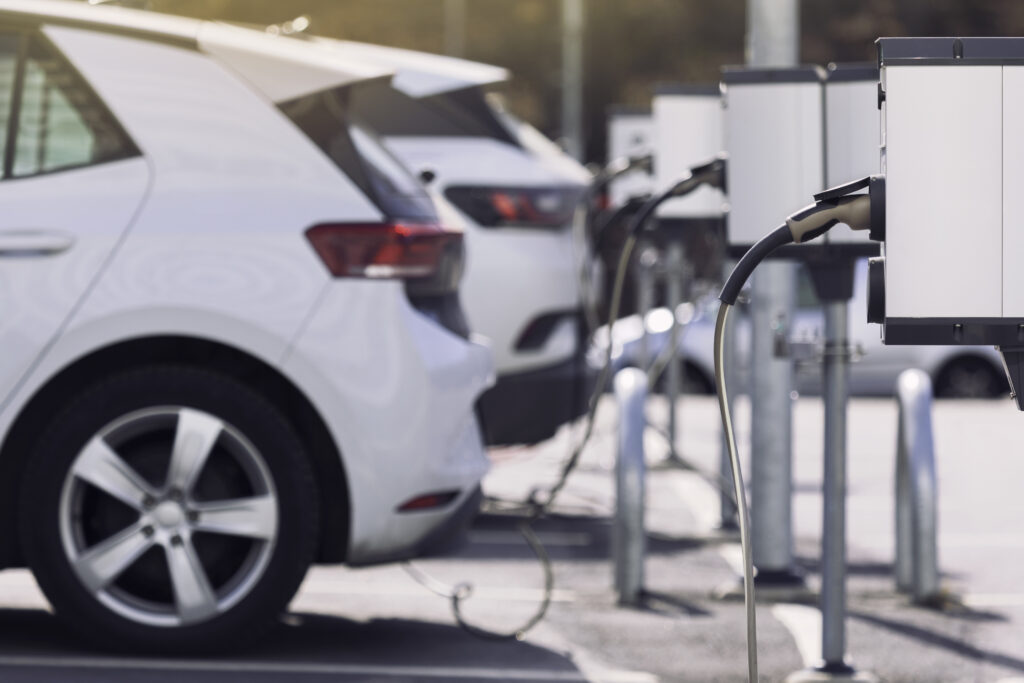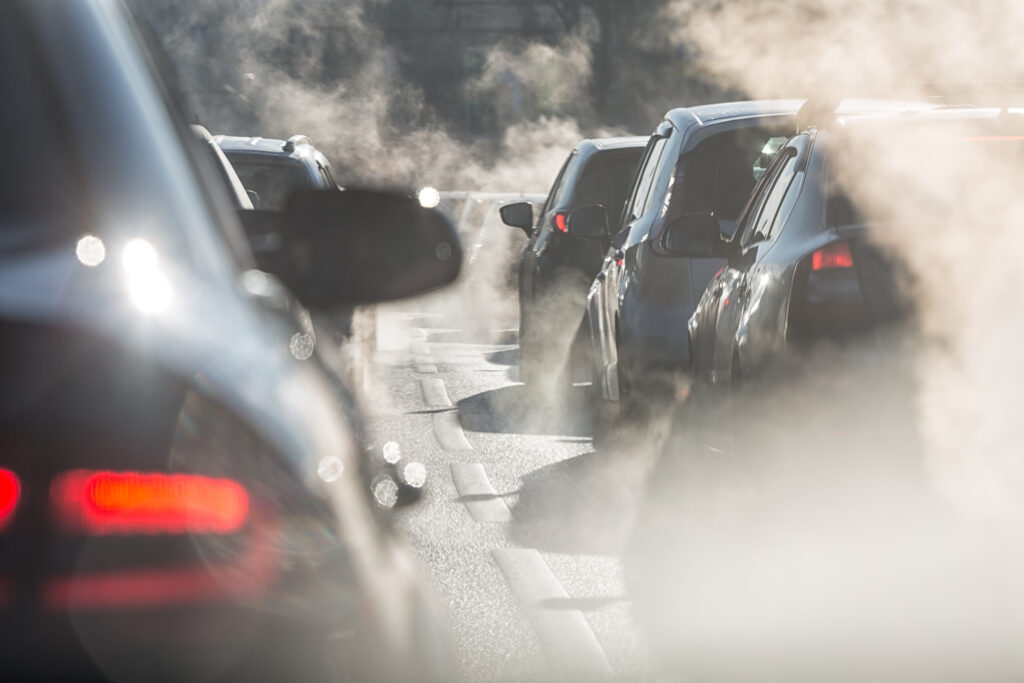An alarming number of accidents occur on the roads nowadays, many of which can be avoided. The Bureau of Labor Statistics states that an automotive accident occurs in the U.S. every 13 minutes. But, considering the sheer amount of safe driving and accident-prevention material available, why are accidents still so rampant?
According to Smith Law Office, 80% of drivers believe they are safer than the average driver. With this overconfidence, drivers tend to neglect basic safe driving practices, inevitably putting themselves – and other drivers – at risk. In this blog, we take a look at what it takes to be a good driver and share best practices designed to keep everyone safe. Let’s dive in.
Necessary Adjustments
Adjusting certain parts of your vehicle before driving goes a long way to enhancing your comfort and ability to steer your vehicle properly. Below, we look at three adjustments drivers make to ensure safety.
Seat Position
Being comfortable in the driver’s seat is the first step when learning to be a good driver. Uncomfortable positions can be distracting and reduce your focus while driving. Additionally, poor seat positions could reduce your ability to easily reach controls like pedals, reduce visibility and inadvertently make you more accident-prone.
Always adjust your chair’s height and distance to the steering wheel to allow you a comfortable view from your windshield. According to the National Highway Traffic Safety Administration, you should sit at least 12 inches away from your steering wheel. This way, you’re less likely to experience distractions or discomfort, allowing you to maintain optimum focus while driving.
Steering Wheel Position
Your steering wheel position determines your control of the vehicle, comfort and reaction time. Appropriate steering wheel positioning and alignment enable you to maneuver your vehicle more easily. Moreover, you get a better dashboard view and can effectively monitor your driving metrics.
As such, check that your steering wheel is properly centered before hitting the road. This way, you can have a full range of motion and better responsiveness for safe driving.
Mirrors
Your mirrors are essential for visibility and awareness on the road, and without them, you’re driving at great risk. With proper use, they help you detect potential hazards and enhance your navigation. Always adjust your mirrors to show full visual coverage of your surroundings and eliminate blind spots. Side mirrors should reveal your vehicle’s side and the adjacent road, while the rearview mirror should clearly show what’s behind you.
Put Safety First
Strictly adhering to safety rules protects you from harm on the road and boosts your confidence while driving. Here are some safety practices to note.
Seat Belt
Your seat belt is your car’s primary safety equipment, securely strapping you in and reducing the risk of severe injury. Using your seatbelt when braking suddenly, or during a collision, prevents your head or chest area from colliding with the steering wheel or windshield. Consequently, your seatbelt must be fastened before driving and adjusted for a comfortable fit.
Traffic Flow
As a good driver, it’s important to consider other drivers and study their movements on the road. Driving safely requires you to monitor flow of traffic closely, noting the speed and direction of others and tailoring your movements accordingly.
You must also consider road conditions and traffic situations, especially if they require you to slow down or come to a complete stop. For example, driving above the speed limit on roads with heavy pedestrian activity is unsafe and inconsiderate.
Don’t Tailgate
Tailgating, or driving too closely behind the vehicle in front of you, demonstrates poor safety skills. It reduces your ability to see the road before you and is illegal in most states. A highly recommended driving tip is to keep two to three seconds of travel time between your car and the next. This allows you to brake or swerve if necessary.
Follow the Rules of the Road
Well-constructed roads have rules to direct drivers and help them safely navigate routes. Your adherence to these rules can make the difference between safe driving and an accident. Here are a few road rules to always keep top of mind.
Obey Signage
Signs inform drivers about the road conditions and help navigate safely. From hazards like bends in the road to speed limits and pedestrian crossings, signs are there to ensure safety for all. Failure to adhere to these signs increases your chances of getting into accidents and harming others.
Turn Signals
Turn signals enable you to alert and warn surrounding vehicles when you’re about to make a turn. Without these indicators, other drivers have less time to react before you turn, which may result in an accident.
Passing Vehicles On the Shoulder
Always use the left lane if you must pass a stopped vehicle on the side of the road or overtake a slow-moving vehicle. Following this practice provides safe distance between you and slow or stopped vehicles and is legally required in many states.
Avoid Distractions
Distractions are one of the primary causes of accidents. Driving requires maximum attention, so understanding how to be a good driver involves identifying and eliminating distractions.
Below are some activities that can pose distractions while driving:
- Eating or drinking
- Cell phone use
- Distracting conversations
- Searching for items in the vehicle
- Daydreaming
Maintain Your Vehicle
Safe drivers can also put themselves and others in harm’s way by not properly maintaining their vehicles. Despite your level of care while driving, getting behind the wheel of an automobile that requires maintenance can endanger you and others. Below are a few ways to maintain your vehicle:
Regular Oil Checks
Without regular checks, your vehicle’s oil becomes dirty, and its level drops below the specified level for optimal performance. As a result, your car’s engine may overheat or fail completely. In this situation, your vehicle presents a hazard on the road and can cause accidents for you and others. It’s best to regularly change your car’s oil and ensure it’s always topped off, making sure the engine remains lubricated and functions properly.
Tire Pressure
Tire blowouts can be fatal. As a result, keeping an eye of the wear and tear on your tires, in addition to maintaining correct air pressure, can help prevent blowouts from happening. In addition, properly maintained tires provide greater stability and responsiveness while driving.
Prepare for the Worst
Despite preventative measures, drivers sometimes face dangerous road conditions or get into accidents. Poor preparation can leave everyone involved angry and confused about what to do after an accident. This necessitates equipping your vehicle with supplies beforehand to avoid being stranded.
Items like fire extinguishers, spare tires, tire repair kits, and reflective triangles are legal requirements in several states. Additionally, you should consider carrying a first aid kit or seatbelt cutter, just in case.
Be Your Best Behind the Wheel
Accident prevention requires attention to detail, ongoing learning, and understanding the rules of the road. Neglecting these basic guidelines can jeopardizes your safety and the safety of others. Looking to learn more about safety practices, vehicle ownership fundamentals, theft prevention, and much more? Learn more today with Motus.







